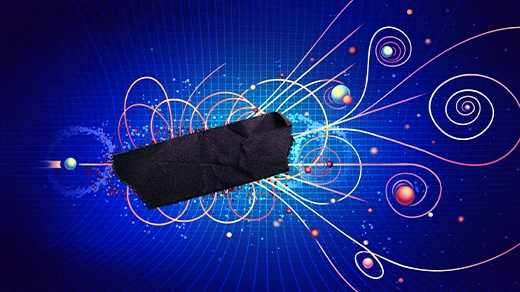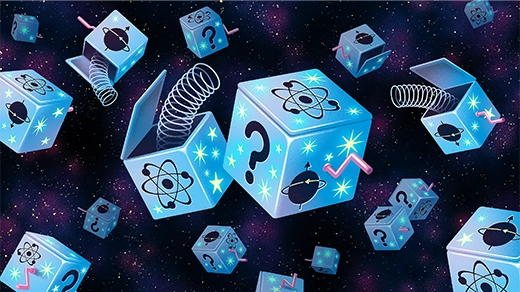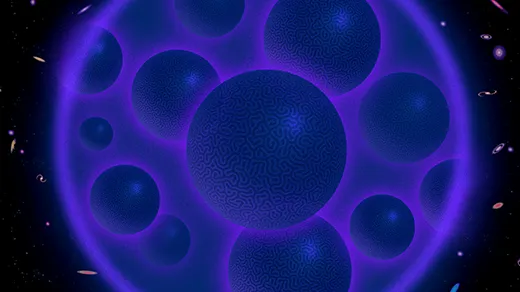What's up in
Particle physics
Latest Articles
What Could Explain the Gallium Anomaly?
Physicists have ruled out a mundane explanation for the strange findings of an old Soviet experiment, leaving open the possibility that the results point to a new fundamental particle.
The S-Matrix Is the Oracle Physicists Turn To in Times of Crisis
Particle physicists in search of the next theory of reality are consulting a mathematical structure that they know will never fail: a table of possibilities known as the S-matrix.
Dogged Dark Matter Hunters Find New Hiding Places to Check
Perhaps dark matter is made of an entirely different kind of particle than the ones physicists have been searching for. New experiments are springing up to look for these ultra-lightweight phantoms.
AI Starts to Sift Through String Theory’s Near-Endless Possibilities
Using machine learning, string theorists are finally showing how microscopic configurations of extra dimensions translate into sets of elementary particles — though not yet those of our universe.
Hopes of Big Bang Discoveries Ride on a Future Spacecraft
Physicists and cosmologists will have a new probe of primordial processes when Europe launches the Laser Interferometer Space Antenna (LISA) next decade.
Swirling Forces, Crushing Pressures Measured in the Proton
Long-anticipated experiments that use light to mimic gravity are revealing the distribution of energies, forces and pressures inside a subatomic particle for the first time.
Fresh X-Rays Reveal a Universe as Clumpy as Cosmology Predicts
By mapping the largest structures in the universe in X-rays, cosmologists have found striking agreement with their standard theoretical model of how the universe evolves.
In a ‘Dark Dimension,’ Physicists Search for the Universe’s Missing Matter
An idea derived from string theory suggests that dark matter is hiding in a (relatively) large extra dimension. The theory makes testable predictions that physicists are investigating now.
A New Map of the Universe, Painted With Cosmic Neutrinos
Physicists finally know where at least some of these high-energy particles come from, which helps make the neutrinos useful for exploring fundamental physics.








